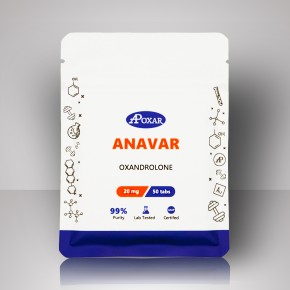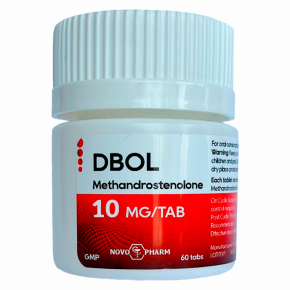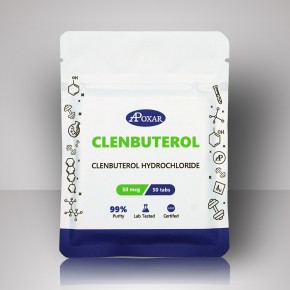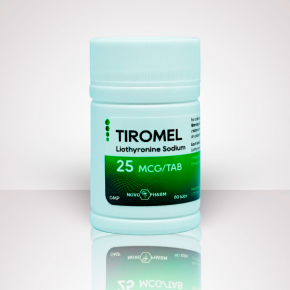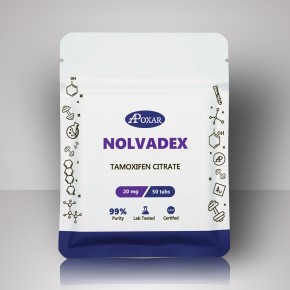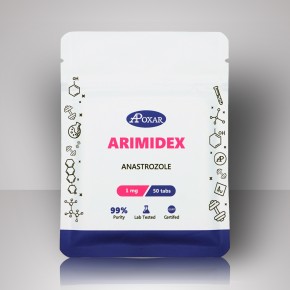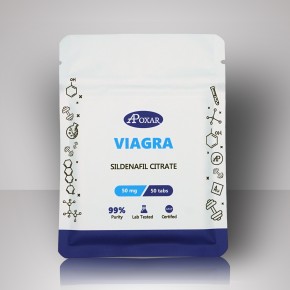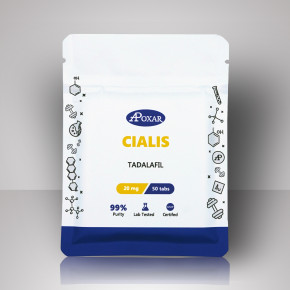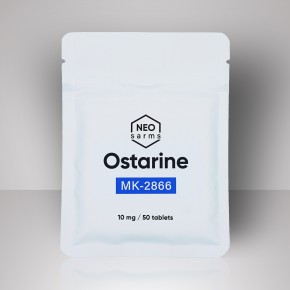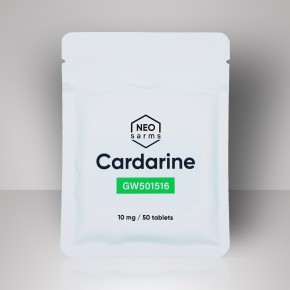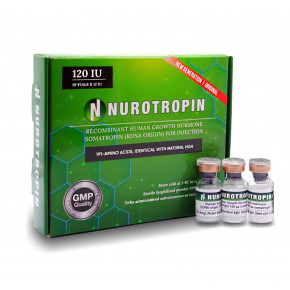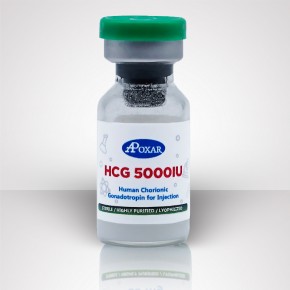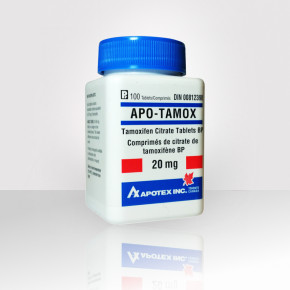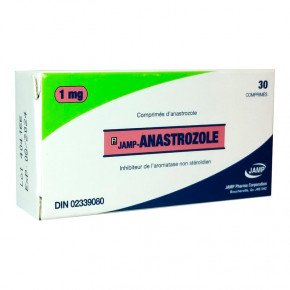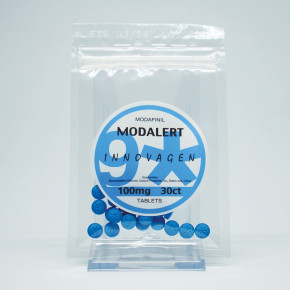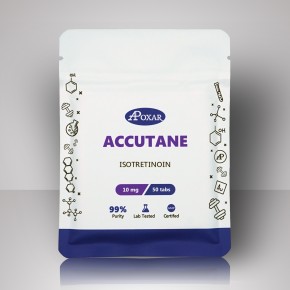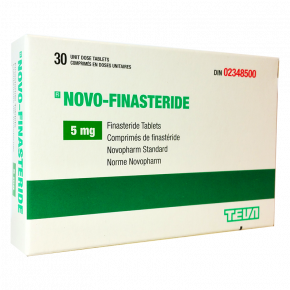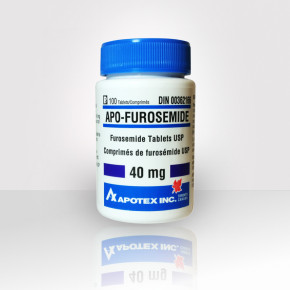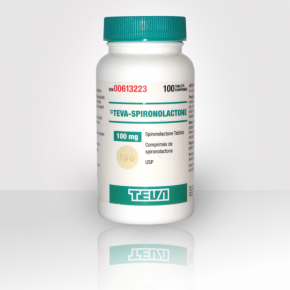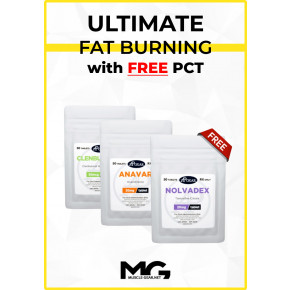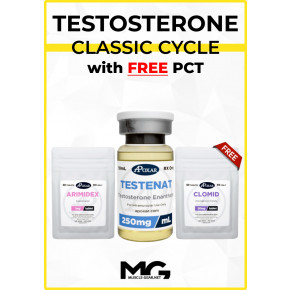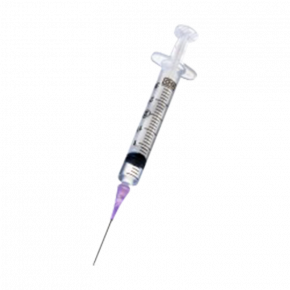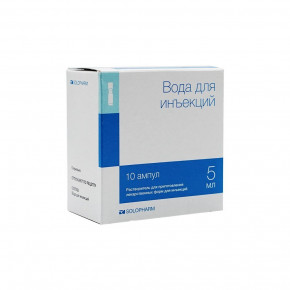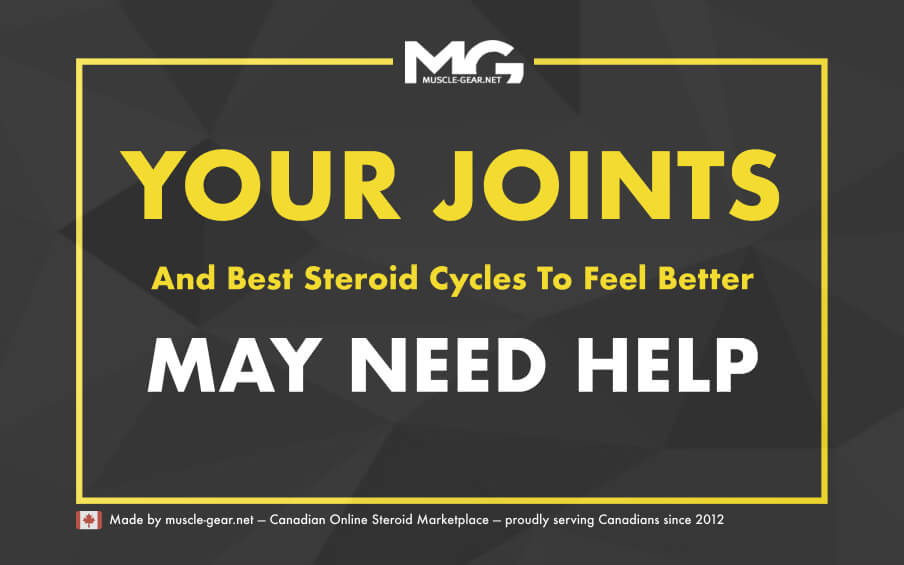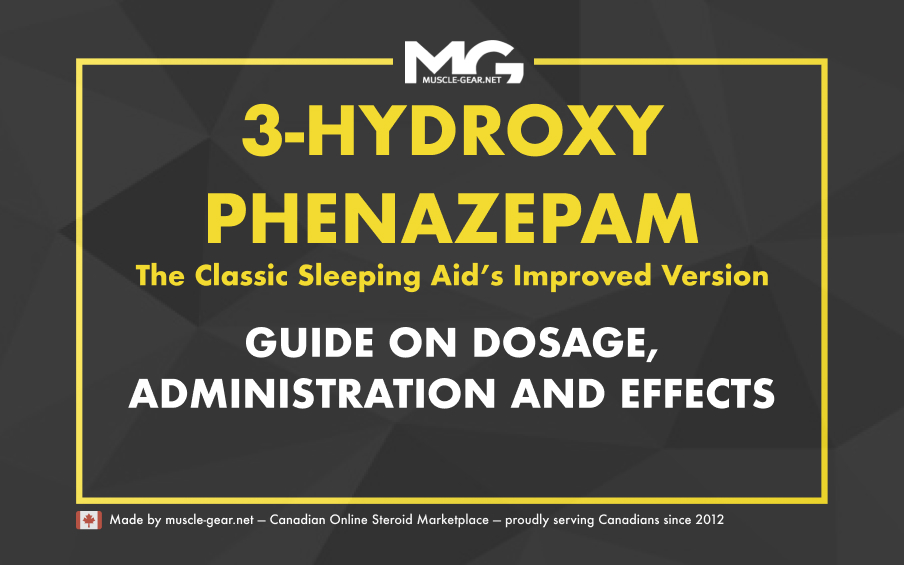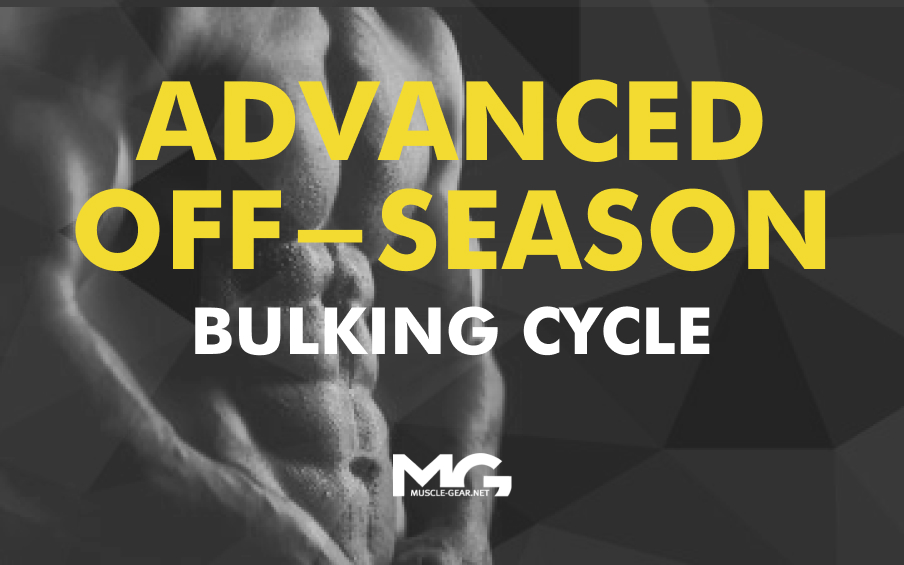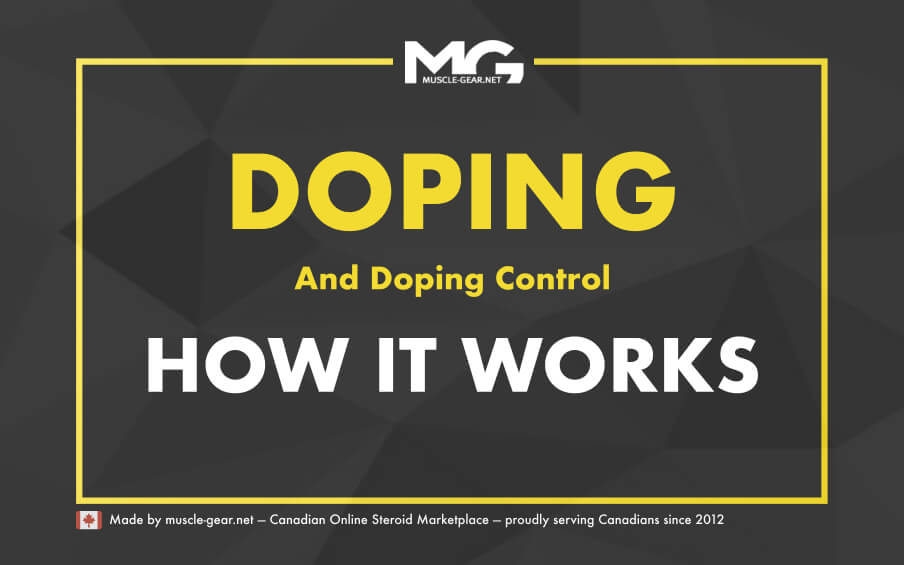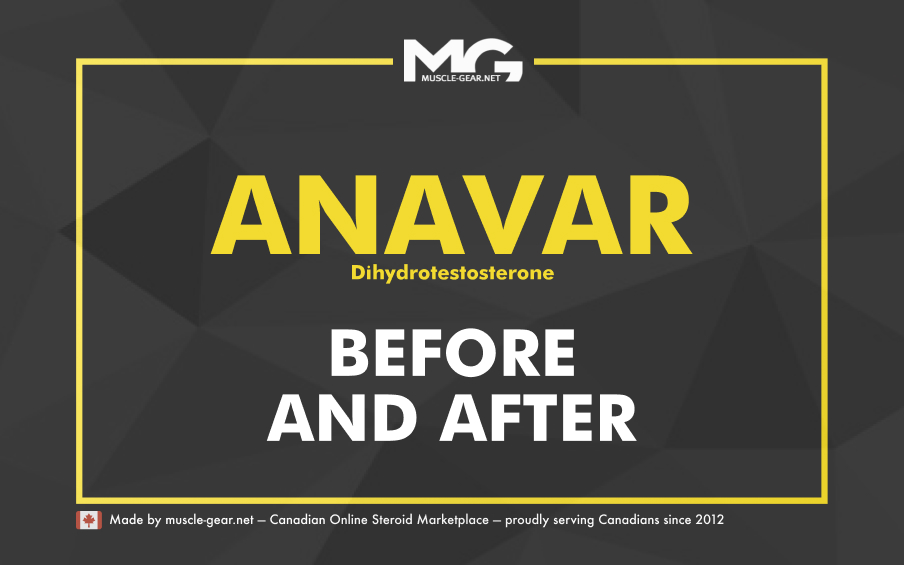Sport injuries, wear and tear, and age-related issues ― all these problems can take a toll on your joints. The result is ― decreased mobility and an inability to train properly (and we know you don’t want any of that). The good news is, some compounds can improve overall joint health, enhance recovery, and aid in increasing joint movement range.
However, we should note that we’ll talk about peptides, hormones, and anabolic steroids. It’s not what your usual therapist would prescribe (meaning, it’s not CORTICOsteroids for joint pain, such as Prednisone or Hydrocortisone), but it’ll do the trick.
The difference between corticosteroids and anabolic steroids
Corticosteroids are anti-inflammatory drugs that can be prescribed to resolve swelling, stiffness, or joint pain. They can be helpful during an active inflammation, but they come with their side of adverse effects and shortcomings, such as:
- Increased glucose levels;
- Immune system suppression;
- Negative effects on articular cartilage.
Unlike some of the anabolic steroids and peptides, corticosteroids won’t aid you in increasing muscle gains, recovery rate, or collagen production. Their main goal is to stop the inflammation and reduce pain. That’s all.
Cycles for athletes with injured ligaments
Before we take a closer look at steroid cycles for people with joint problems, it’s important to differentiate joints, tendons, and ligaments. Ligament strength greatly depends on collagen synthesis; therefore, it would be more beneficial to use:
- BPC-157;
- TB-500;
- HGH.
It might be a good idea to stop taking Testosterone or other highly androgenic compounds during recovery, as they can put additional strain on ligaments.
BPC-157 Cycle for Ligament Support
BPC-157 is a healing peptide that can enhance tissue repair:
- Directly ― through increased collagen production;
- Indirectly ― through angiogenesis (formation of new blood vessels).
As a result, BPC-157 effectively reduces pain and inflammation.
Of course, it won’t help you to heal instantly; it will take some time. However, it’s still better than leaving your body to recover without any support.
Here’s everything you need to know about a BPC-157 cycle:
| BPC-157 dosage for joint treatment | 500-700 mcg/day |
| BPC-157 dosage for ligament and bursitis treatment | 300-500 mcg/day |
| Cycle length | 8-12 weeks, can be extended if the injury hasn't been completely treated or the person has a chronic condition |
| Administration | Subcutaneous or intramuscular injections two times per day |
| Side effects | Rarely, but some people report headaches, nausea, and dizziness |
TB-500 Cycle for Recovery
TB-500, or Thymosin Beta-4, is a peptide similar to BPC-157 in its effects on the body. One of its additional benefits is enhanced hair growth, which can be useful if you struggle with male pattern baldness.
Here’s how you should take TB-500 for joint and ligaments support:
| TB-500 dosage for joint treatment | 5-10 mg/week |
| TB-500 dosage for ligament and bursitis treatment | 2.5-5 mg/week |
| Cycle length | 6-8 weeks, can be extended if the injury hasn't been completely treated |
| Administration | Subcutaneous or intramuscular injections two times per week |
| Side effects | Rare, but it can cause headaches, swelling at the injection site, and fatigue. |
HGH Cycle for Joint Support
HGH, or human growth hormone, plays a vital role in cell formation, calcium absorption, and collagen production. That’s why this compound is so popular for anti-aging and recovery after sports injuries, even the most infamous ones:
- Soft tissue traumas;
- Rotator cuff tears;
- Severe joint problems;
- Bone fractures.
Some experts support the legalization of HGH usage for recovery purposes in competitive sports (but it still hasn't been allowed for pro athletes as of 2025). All in all — it's a slightly more expensive, but proven and effective solution.
However, it needs to be approached with caution. Contraindications include cancer, multi-system traumas, diabetes, and severe cardiovascular disorders.
| HGH dosage for joint or soft tissue treatment | 2-4 IU/day |
| Cycle length | 12+ weeks |
| Administration | Subcutaneous or intramuscular injections daily |
| Side effects | Water retention, headaches, carpal tunnel syndrome, and insulin resistance |
Steroid cycles for athletes with joint health issues
Anabolic steroids are unconventional, but that doesn’t mean they’re not effective. You should know that joint mobility is linked to synovial fluid formation ― and some steroid can increase its production.
One of the best examples is Deca Durabolin. It can improve joint lubrication, reduce pain and inflammation. On top of that, Deca can boost collagen synthesis.
However, to recover, you’ll need rest. It doesn’t mean you should stop training, but you should go for exercises that won’t engage the damaged joint (or use lighter weights on the ones that do).
Deca and Sustanon-250 Lean Bulking Cycle
This lean bulking cycle can be great for your joint health, endurance, strength stats, and muscle mass. It won’t cause excessive fluid retention when used with an aromatase inhibitor, resulting in a defined, chiseled look.
There’s one drawback here: if you don't give the damaged area the time to recover, start training harder as soon as Deca relieves the pain, you won’t feel better. After all, Deca’s effects on synovial fluid and inflammation are temporary.
|
Week |
Deca, mg/week |
Sustanon, mg/week |
Arimidex, mg/EOD |
Cabergoline, mg/week |
HCG, IU/week |
Clomid, mg/day |
|
1 |
400 |
500 |
― |
― |
― |
― |
|
2-7 |
200 |
500 |
0.5 |
0.5 |
― |
― |
|
8-10 |
200 |
500 |
0.5 |
0.5 |
2000 |
― |
|
11-12 |
― |
― |
0.5 |
0.5 |
2000 |
An off-cycle gap |
|
13 |
― |
― |
― |
― |
― |
|
|
14 |
― |
― |
― |
― |
― |
50 |
|
15-16 |
― |
― |
― |
― |
― |
25 |
Additional compounds and PCT for Deca and Sustanon cycle
Deca Durabolin is the main compound in this cycle that can aid in reducing swelling, stiffness, and joint pain. Some go for Anavar, but it doesn’t provide the same joint support Deca does.
Here’s what you need to know about Sustanon and other compounds in this stack:
- Sustanon-250 ― a Testosterone blend. Even though it’s better for stable serum levels, it can be replaced with single-ester solutions, such as Enanthate or Propionate (exact dosage, 400-500 mg/week);
- Cabergoline ― a selective dopamine receptor agonist used to control prolactin levels, reducing the risks of gynecomastia and adverse effects on sexual function;
- Arimidex ― an aromatase inhibitor helpful in controlling estrogen levels and mitigating estrogen-related side effects. The drug can be changed to Aromasin or Femara (Femara shouldn’t be taken lightly, though, as it’s way more potent);
- HCG ― a natural hormone popular for increasing testosterone production during an off-cycle gap;
- Clomid ― a PCT compound and a SERM, essential for restoring testosterone levels after an anabolic cycle. It can be changed to Nolvadex.
Dianabol and Deca Bulking Cycle
Dianabol and Deca Durabolin combination is one of the most popular stacks on the market. Some users may note that Dbol is hepatotoxic, but in minimal dosages (20-30 mg/day), it won’t pose much risk.
|
Week |
Test E, mg/week |
Deca, mg/week |
Dbol, mg/day |
Cabergoline, mg/week |
Clomid, mg/day |
|
1 |
200-300 |
400 |
20 |
― |
― |
|
2-7 |
200-300 |
200 |
20 |
0.5 |
― |
|
8-9 |
― |
― |
0.5 |
― |
|
|
10 |
― |
― |
― |
― |
|
|
11 |
― |
― |
― |
50 |
|
|
12-13 |
― |
― |
― |
25 |
Anabolic steroids and joint problems: FAQ
Can steroids cause joint pain?
Some anabolic steroids can affect your joint health and cause joint pain. For example, Winstrol can limit your motion range and cause swelling and stiffness. But other steroids, such as Deca or Anavar, can have a positive impact, reducing inflammation and boosting collagen synthesis.
Can steroids heal injuries?
Deca Durabolin and Anavar can slightly increase collagen synthesis, aiding in recovery. However, the injury won’t be completely healed if you’re not going to slow down in your training sessions and give your body some time to mend.
Will steroids help with hamstring injury?
Hamstrings are considered soft tissue, so it’s recommended to go for peptides (BPC-157 or TB-500) instead. The best choice for athletes with hamstring injuries is human growth hormone.

 Trusted by 50,000 Customers
Trusted by 50,000 Customers
